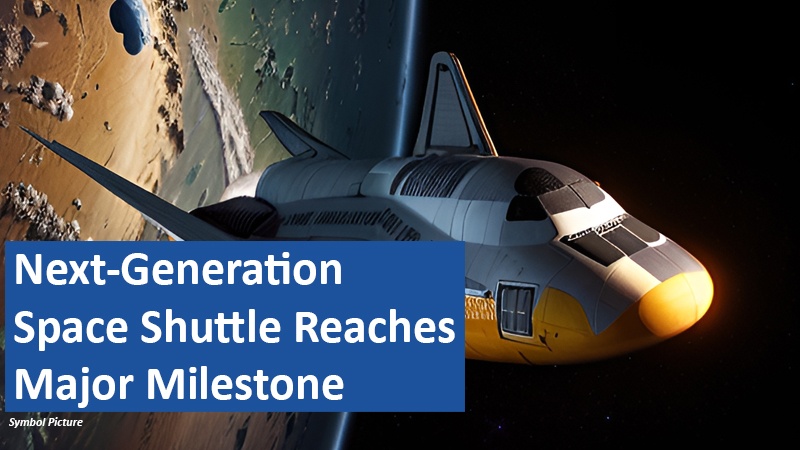
Sierra Space’s Dream Chaser spacecraft has taken a significant step toward operational missions. The uncrewed spaceplane recently completed a docking simulation with the International Space Station (ISS) at NASA’s Kennedy Space Center in Florida. According to Sierra Space, the test was flawless, marking a key milestone in the development of this next-generation orbital vehicle.
Now exclusively try Amazon Prime and Prime Video free for 30 days!
A Reusable Spaceplane for Future Missions
Unlike traditional capsules, the Dream Chaser is a reusable spaceplane designed to transport cargo—and potentially crew—to low Earth orbit. It can be launched atop various rockets and, upon return, lands like an airplane on a runway, much like NASA’s legendary Space Shuttle.
The first test flight is planned for May 2025, paving the way for future ISS resupply missions. Sierra Space envisions additional applications, including commercial space station support and broader space logistics operations.
Compact but Capable
At just 9 meters long, the Dream Chaser is significantly smaller than the original Space Shuttle. It can carry up to 5,000 kg of pressurized cargo and 500 kg of unpressurized cargo into orbit. Additionally, it is capable of returning 1,750 kg of materials safely back to Earth—a crucial advantage for scientific experiments and critical equipment.
While its size is modest, the spacecraft incorporates advanced navigation and heat shield technology. Internal thrusters with three adjustable modes allow for precise maneuvering, an essential feature for docking with the ISS.
Advantages Over the Space Shuttle
Compared to NASA’s original Space Shuttle program, Dream Chaser features modern upgrades that improve safety and efficiency. One key innovation is its enhanced heat-resistant tiles, which provide improved thermal protection during atmospheric reentry.
Another advantage is its gentle reentry profile, subjecting the spacecraft to only 1.5 g of force—considerably lower than the original Shuttle’s reentry forces. This softer return makes it particularly well-suited for delicate scientific experiments that require a smooth descent.
Each Dream Chaser is designed for at least 15 missions, making it highly cost-effective compared to traditional expendable spacecraft. While the original Space Shuttle was built for up to 100 flights, no vehicle ever reached that number—the record-holder, Discovery, flew 39 missions before retirement.Joseph Gutierrez
A 20-Year Journey to the Launch Pad
Despite its promising future, the Dream Chaser project has faced numerous setbacks. Originally announced in 2004, it was initially intended to compete for NASA’s Commercial Crew Program. However, contracts ultimately went to Boeing and SpaceX, leaving Sierra Space without funding.
After nearly being abandoned, Dream Chaser saw a resurgence in 2016 when NASA reconsidered it for cargo resupply missions to the ISS. While no longer configured for crew transport, the redesigned version was smaller and more specialized for logistics.
With continued testing and the upcoming 2025 launch, Dream Chaser is now positioned to become a critical part of the next era of space transportation. Could it possibly evolve into a fully crewed spacecraft? What role might it play in future space station operations? Share your thoughts in the comments!
Based on content from www.futurezone.at and own research.